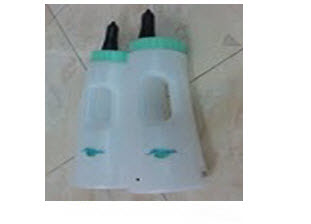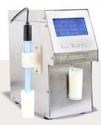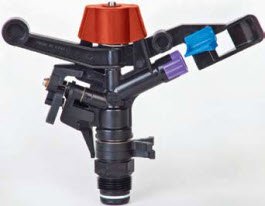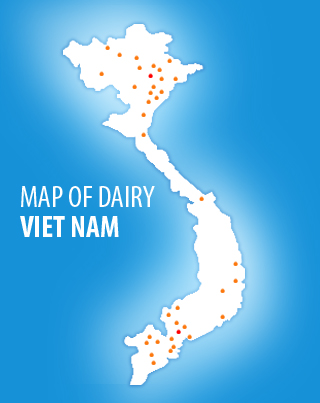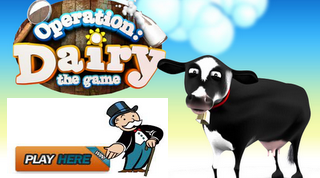Dairy Experts

This was the overwhelming response from more than 100 participants in a series of five workshops held from Harvey to Albany recently.
Department senior dairy research officer Martin Staines said the workshops were the culmination of five years research into the efficiency of nitrogen fertiliser use on pastures.
“The research was conducted at the department’s Vasse Research Centre as part of the Greener Pastures project which is jointly funded by the department, Dairy Australia and Western Dairy,” Dr Staines said.
“After five years and literally millions of pasture measurements, producers are able to use our Greener Pastures research findings to determine how much nitrogen fertiliser to use and when to use it to be more profitable.”
The Australian dairy industry now spends A$200 million a year on nitrogen fertilisers. The WA research has shown it is feasible to reduce nitrogen fertiliser inputs by 10 per cent, by applying Greener Pastures messages, without impacting on production and being more efficient with nitrogen fertiliser management.
This has the potential to save the Australian dairy industry A$20 million a year or A$2500 per farm per year for 8000 farms. For the WA dairy industry as a whole this represents an increase in profitability of A$400,000 per year
Dr Staines said for many years producers had used the old rule of thumb of applying 1 kg nitrogen/ha/day after every rotational grazing.
“Our research has allowed us to refine this recommendation, taking into account marginal response differences from nitrogen fertiliser throughout the year, between the different types of seasons and whether the grass produced was grazed or conserved as fodder,” he said.
“The research has clearly shown that producers need to think about nitrogen completely differently for use on grazed paddocks versus paddocks locked up for silage or hay, as the marginal responses are different.”
On grazed paddocks, the optimum rate of nitrogen fertiliser is about 1 kg/ha/day, especially in wet years where the marginal response from higher rates of nitrogen was reduced due to water logging and nitrogen leaching.
Nitrogen response in grazed pasture is more cost-effective and more predictable from August to October, but less cost effective and more variable in May and June. Nitrogen response in July is most variable depending on whether it is a dry or wet season. Nitrogen response is very poor in wet winters.
“The economics of nitrogen fertiliser use changes on conservation paddocks, as the extra pasture produced ends up as more expensive silage or hay. The recommendation is to use 50 kg/ha in wet seasons and 80 kg/ha nitrogen in dry seasons for optimal response,” Dr Staines said.
“The department is in the process of developing a nitrogen decision support tool that will allow farmers to model their own situation to determine just how cost effective an application of nitrogen fertiliser will be.
“This tool is currently being trialled and will be released in early 2013.”




